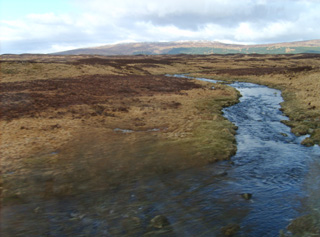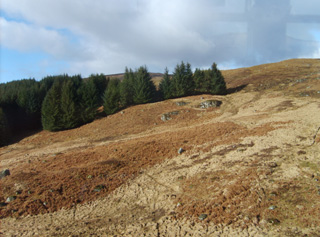

|

| Home | Milieu & Energie | Gezondheid & Wetenschap | Duurzaam Bouwen | Photo Gallery |
| Geologie & Reizen | Landbouw & Voeding | Natuurbescherming | Eilanden | Geo-educatie |

|

|
 Next page
Next page Previous page
Previous page|
© Annemieke van Roekel, 2007. Niets van deze website mag worden
vermenigvuldigd of openbaar gemaakt door middel van druk, microfilm, fotokopie,
plaatsing van teksten en/of afbeeldingen op andere websites of op welke wijze
dan ook zonder voorafgaande schriftelijke toestemming van de auteur en de
betreffende tijdschriftredacties.
[home] [top] [contact] [disclaimer] |